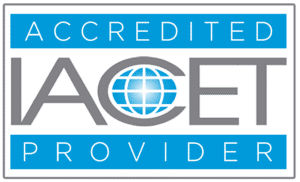The following memorialize the history of the Charter School Program Dissemination Grant#: U282T180014 awarded to the National Charter Schools Institute in 2018. For current A-GAME information, go to (LINK): https://nationalcharterschools.org/agame/
Advancing Great Authorizing
Visit A-GAME's new pages!
For charter school authorizers, alternative education campuses (or AECs) can be a challenge. Standard measures such as academic proficiency rates and graduation rates may not say much about AECs actual quality or effectiveness. Students tend to be highly mobile, far below grade level in reading and math, and difficult to measure as comparative data is scarce or non-existent. Students also tend to have multiple high-risk factors, such as being chronically absent, in the juvenile justice system, pregnant or parenting, and experiencing or having experienced trauma.
The National Charter School Institute and Momentum Strategy & Research have joined forces to create the “A-GAME”: Advancing Great Authorizing & Modeling Excellence to support charter school authorizers measure the quality and effectiveness of alternative education campuses.
Supported by a U.S. Department of Education dissemination grant, the A-GAME is improving charter authorizing for AECs has four areas of focus:
- Develop and disseminate impactful resources
- Build a comprehensive dataset of AEC performance,
- Provide interactive data visualizations of publicly available data, and
- Facilitate Regional Networks for Charter School Authorizers
By sharing best-practices, research, outcome-based targets, and promoting outside-the-box thinking, the A-GAME is changing the way charter school authorizers evaluate AEC quality and effectiveness.
This U.S. Department of Education: Summary of Meeting Grant Objectives grant submission illustrates the progress the A-GAME has made toward meeting its objectives, set forth when we began on this journey. The document provides descriptions of the thought behind the deliverables and the plans around broad dissemination.
A-GAME’s Timeline
Year 1 (2018-2019)
Develop resources based on currently available data, policies, practices, and thinking about ways to measure alternative education campus outcomes in ways that are relevant to the schools and effective at measuring quality. A growing set of resources and data tools are available to all interested authorizers and school leaders.
Year 2 (2019-2020)
Bring together and facilitate Regional Capacity Building Networks comprised of innovative authorizers interested in joining the discussion and improving authorizer practices.
Year 3 (2020-2021)
Widespread dissemination of all resources through activities such as regional meetings, conference presentations, webinars, and newsletters.
Year 4 (2021-Present)
Based on the learnings from the Grant, the A-GAME team continues to convene authorizers and schools and provide services.
Learn more about our work here



